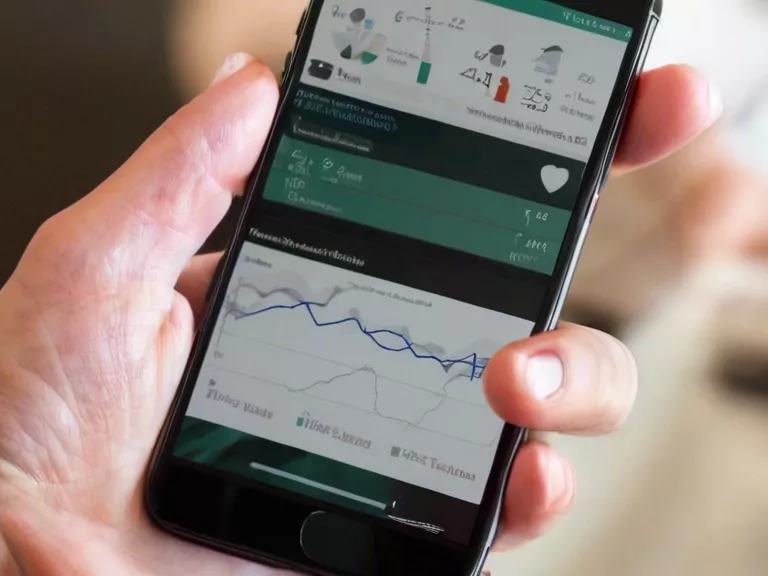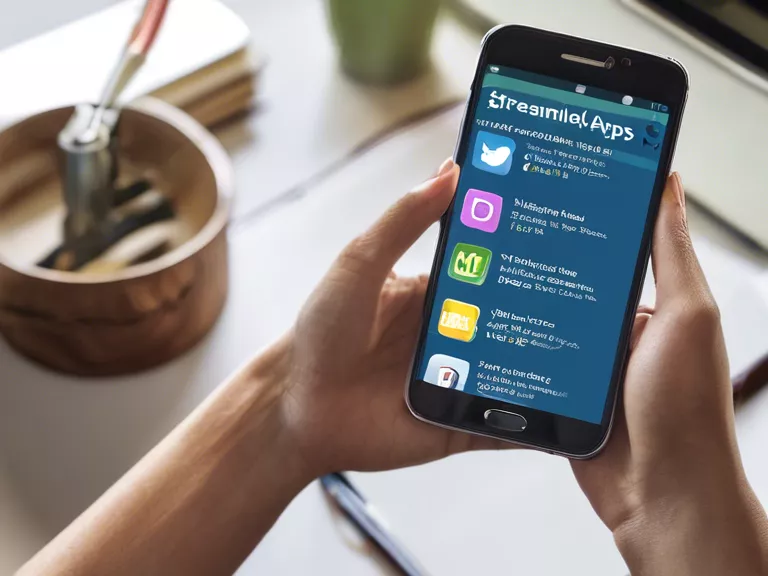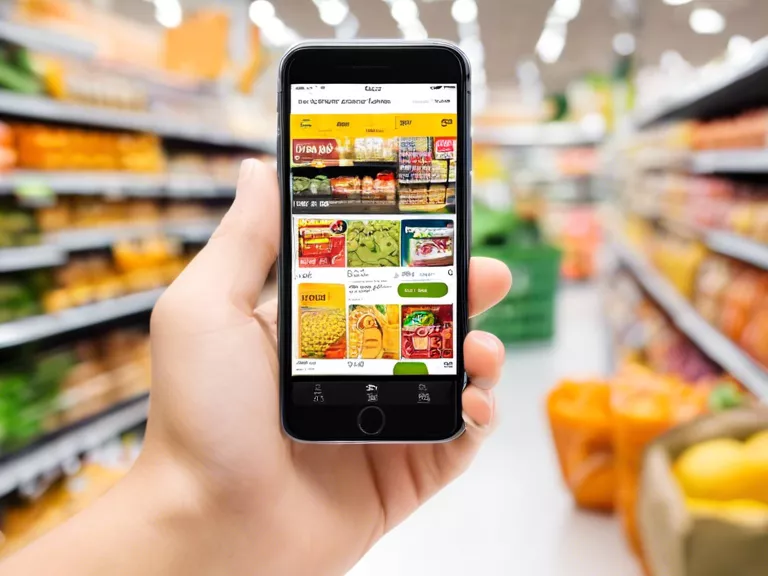
With the increasing emphasis on accessibility in digital products, it's crucial for app designers to prioritize making their interfaces user-friendly for individuals with disabilities. Here are some of the best strategies for designing app interfaces that prioritize accessibility:
Use clear and concise language: Ensure that text on your app interface is easy to read and understand for users with various abilities. Avoid using complex jargon or abbreviations that may be confusing.
Provide alternative text for images: Including alt text for images allows users with visual impairments to understand the content of the images. This text should be descriptive and convey the purpose of the image.
Implement proper color contrast: Design your app with sufficient color contrast between text and background to make it easier for users with low vision or color blindness to read and navigate the interface.
Include accessible navigation: Make sure that all interactive elements are easily visible and reachable, and provide clear instructions on how to navigate through the app. Consider implementing keyboard shortcuts for users who may have limited dexterity.
Test with real users: Prioritize user testing with individuals with disabilities to gather feedback on the accessibility of your app interface. Use their input to make necessary improvements and ensure that your app is truly inclusive.
By following these strategies, app designers can create interfaces that are accessible to a wider range of users, providing a more inclusive and user-friendly experience for all.



